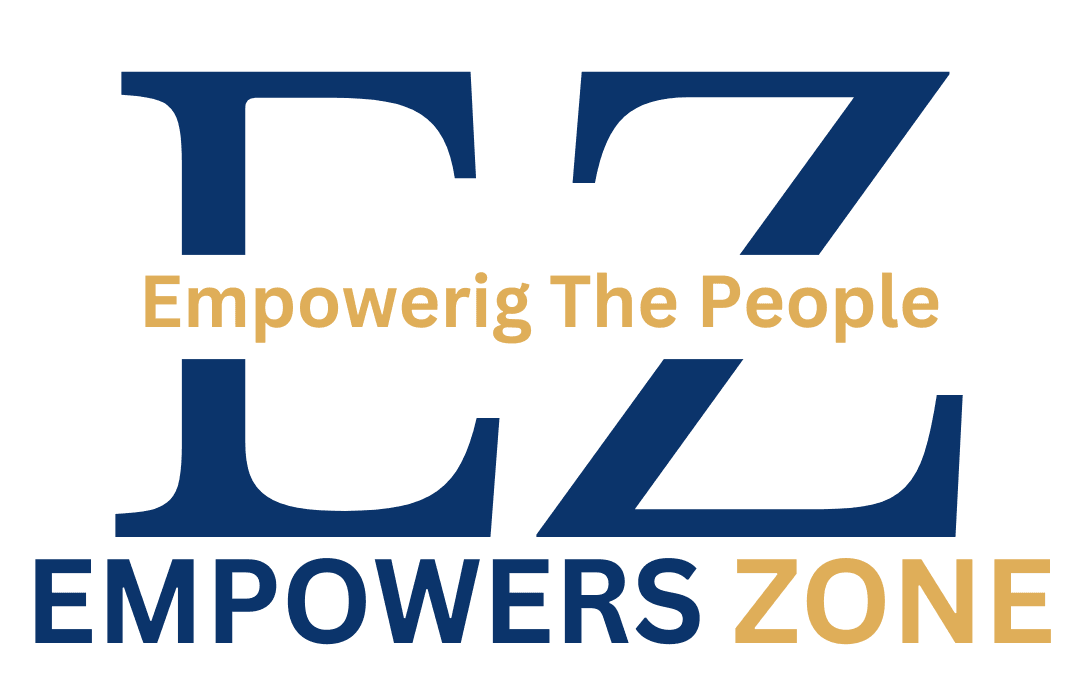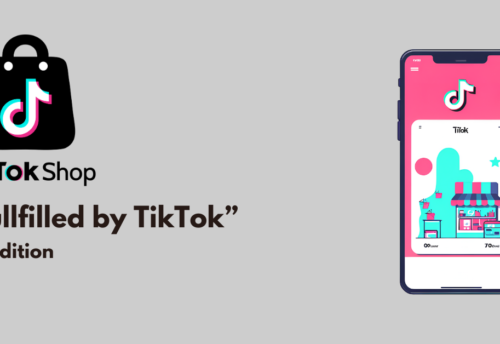
How to Start and Scale Your Amazon FBA Business in 2025
Introduction
Starting an Amazon FBA (Fulfillment by Amazon) business is one of the most lucrative opportunities for aspiring entrepreneurs. With Amazon handling storage, shipping, and customer service, you can focus on growing your brand and maximizing profits. In 2025, the e-commerce landscape is more competitive than ever, but with the right strategies, you can carve out a profitable niche.
In this comprehensive guide, we’ll walk you through the steps to start and scale your Amazon FBA business. Whether you’re a beginner or looking to refine your existing strategy, this article will provide actionable insights to help you succeed.
Step 1: Research Your Niche
Choosing the right niche is the foundation of your Amazon FBA business. A well-researched niche ensures high demand, low competition, and healthy profit margins.
Why It’s Important:
- A profitable niche reduces the risk of failure.
- It helps you stand out in a crowded marketplace.
- Focusing on a specific audience makes marketing easier.
How to Find a Profitable Niche:
- Identify Your Interests: Start with products you’re passionate about. This makes the journey more enjoyable and sustainable.
- Analyze Market Demand: Use tools like Jungle Scout, Helium 10, or AMZScout to check sales trends and demand.
- Check Competition: Look for niches with moderate competition. Avoid oversaturated markets like phone accessories or fitness bands.
- Evaluate Profit Margins: Aim for products with at least 30-40% profit margins after Amazon fees and shipping costs.
Pro Tip: Focus on problem-solving products. For example, a unique kitchen gadget that simplifies cooking or a travel accessory that solves a common pain point.
Step 2: Source Your Products
Once you’ve identified your niche, the next step is sourcing products. There are several ways to do this:
Options for Sourcing:
- Wholesale: Buy products in bulk from manufacturers or distributors. This is ideal for established brands or high-demand products.
- Private Label: Create your own branded products. This gives you control over branding, pricing, and quality.
- Retail Arbitrage: Buy discounted products from retail stores and resell them on Amazon. This is a low-cost way to start but requires more effort.
Pro Tip: Use platforms like Alibaba or AliExpress to find reliable suppliers. Always request samples to check product quality before placing bulk orders.
Step 3: Create an Amazon Seller Account
To sell on Amazon, you’ll need to create a seller account. Here’s how to get started:
Choose Between Two Plans:
- Individual Plan: Best for small-scale sellers. You pay $0.99 per item sold.
- Professional Plan: Ideal for larger businesses. It costs $39.99 per month but offers additional features like bulk uploads and access to Amazon’s advertising tools.
Required Documents:
- Business license (if applicable).
- Tax information (EIN or SSN).
- Bank account details for payouts.
Pro Tip: Start with the Individual Plan if you’re testing the waters. Upgrade to the Professional Plan as your business grows.
Step 4: Optimize Your Listings
Your product listing is your storefront on Amazon. A well-optimized listing can significantly boost your sales.
Key Elements of a High-Converting Listing:
- Keyword Research: Use tools like Helium 10 or Sonar to find high-traffic keywords. Incorporate these keywords naturally into your listing.
- Title: Include primary keywords and make it compelling. For example, “Premium Stainless Steel Water Bottle – BPA-Free, Leak-Proof, 1L Capacity.”
- Bullet Points: Highlight key features and benefits. Use simple, scannable language.
- Images: Use high-quality, professional photos. Include lifestyle images that show the product in use.
- Product Description: Provide detailed information about the product’s features, materials, and usage.
Pro Tip: Use A+ Content (if eligible) to enhance your listing with rich media like videos, comparison charts, and enhanced images.
Step 5: Launch and Promote Your Product
A successful product launch is crucial for gaining traction on Amazon. Here’s how to do it:
Amazon PPC (Pay-Per-Click):
- Run targeted ads to boost visibility. Start with automatic campaigns to identify high-performing keywords, then switch to manual campaigns for better control.
External Traffic:
- Use social media platforms like Instagram, Facebook, and TikTok to drive traffic to your listing.
- Collaborate with influencers in your niche to promote your product.
- Build an email list and send promotional offers to your subscribers.
Pro Tip: Offer discounts or promotions during the launch phase to generate initial sales and reviews. Positive reviews are critical for building trust with potential customers.
Step 6: Scale Your Business
Once your first product is successful, it’s time to scale your business. Here’s how:
Expand Your Product Line:
- Add complementary products to your catalog. For example, if you sell yoga mats, consider adding yoga blocks or resistance bands.
Optimize Operations:
- Use inventory management tools like InventoryLab or SellerApp to streamline processes.
- Automate repetitive tasks like repricing and order fulfillment.
Explore International Markets:
- Sell on Amazon’s global marketplaces like the UK, Canada, or Germany. This can significantly increase your revenue.
Pro Tip: Reinvest your profits into marketing and product development. The more you invest in your business, the faster it will grow.
IF YOU WANT WORK WITH US PLEASE CONTACT US.
Conclusion
Starting an Amazon FBA business in 2025 is a rewarding venture if done right. By following these steps—researching your niche, sourcing products, optimizing listings, and scaling strategically—you can build a profitable and scalable e-commerce business.
The key to success is consistency and adaptability. Stay updated with Amazon’s policies, monitor your competition, and continuously optimize your strategies. Ready to take the leap? Start today and watch your business grow!




Pingback: Walmart Seller Account: A Beginner’s Guide to Selling on Walmart Marketplace
Pingback: Amazon vs Walmart Marketplace: Which Platform is Better for Sellers in 2025?
Pingback: TikTok Shop: Your Ultimate Guide to Selling, Shopping, and Saving in 2025 - Empowers Zone